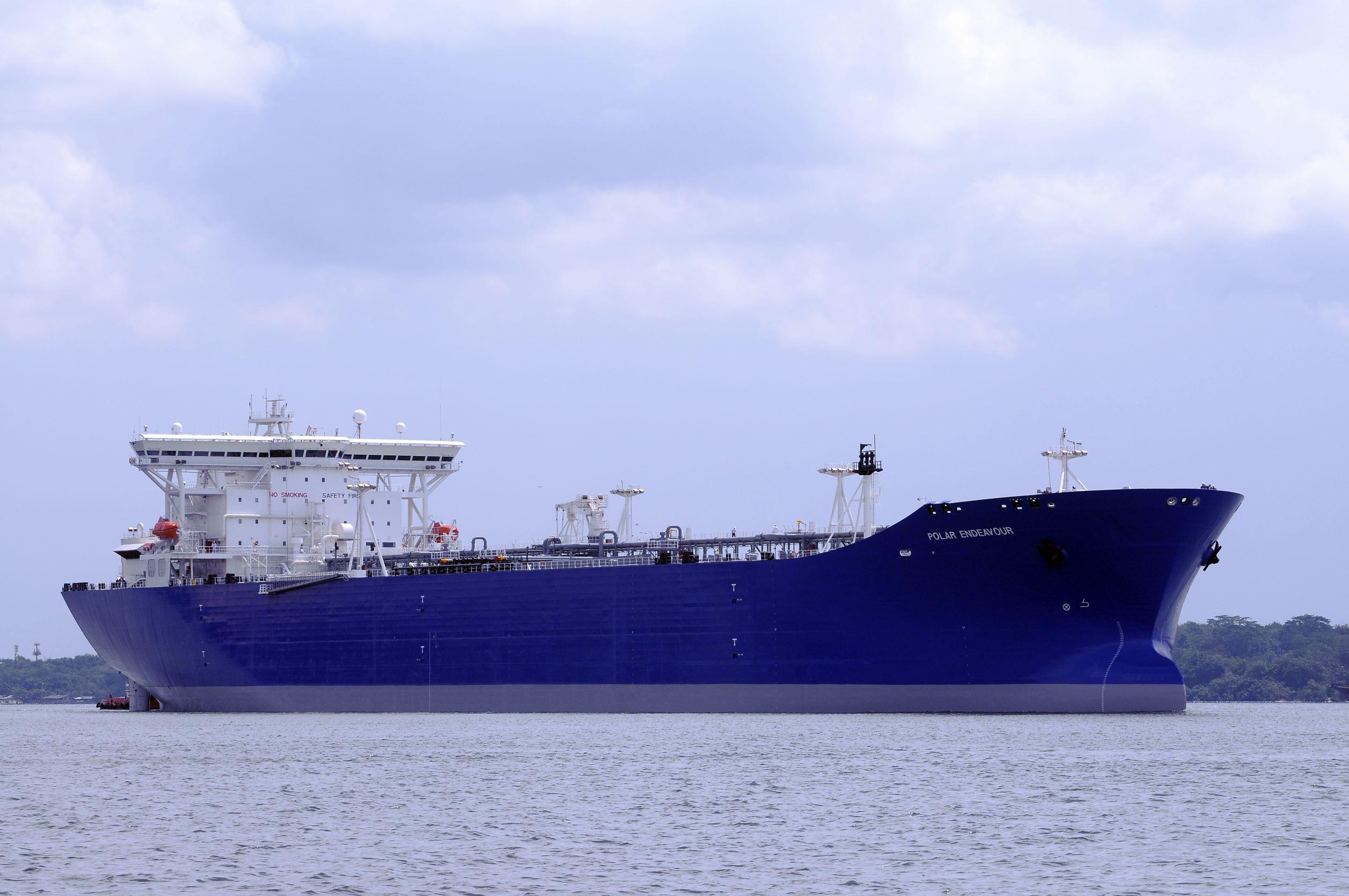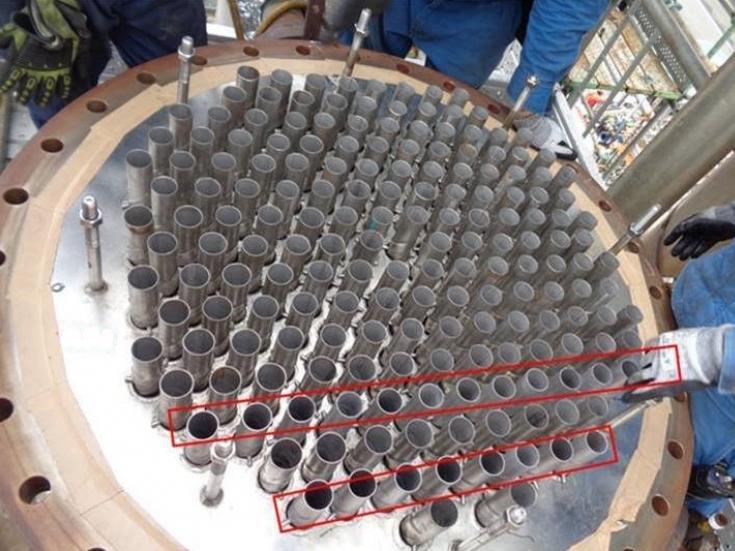China3D printingOn November 29th, 3D printing service provider 3D Metalforge has successfully tested three different 3D printed parts on the Endeavor tanker of ConocoPhillips Polar Tankers.
As part of a pioneering project, 3D Metalforge worked with ConocoPhillips, engineering service provider Sembcorp Marine and the American Bureau of Shipping (ABS), a classification society, to manufacture, test and install 3D prints on the operating tanker Endeavour Parts for six months.
Now, the Endeavour crew and ABS have retrieved and inspected these parts and confirmed that they are in good working condition.
“We are pleased with the performance of the components and the successful completion of the project,” said Patrick Ryan, senior vice president of global engineering and technology at ABS. For a technology that will certainly play an important role in the future of the marine industry, this is an important step forward.
ABS is committed to ensuring that these types of parts are introduced without compromising safety. “

The Endeavour tanker of ConocoPhillips Polar Tanker. The photo is from ConocoPhillips Polar Oil Tanker.
Ocean and maritime expansion of 3D Metalforge
3D Metalforge provides a series of production, design consulting and training services, backed by various product combinations of SLM, DED, MJF and FFF 3D printers and post-processing machines. The company mainly targets the marine industry, but increasingly targets applications in industries such as oil and gas and construction.
To this end, the company opened an Additive Manufacturing Center (AMC) equipped with end-to-end production capacity in Singapore in 2017, and then signed two memorandums of understanding with the Singapore Maritime and Port Authority to develop a time inventory of 3D printed parts .
Since then, 3D Metalforge has expanded a new 21 printing farms with powerful systems and listed on the Australian Stock Exchange, raising 10 million Australian dollars in funding. Soon after completing the IPO, the company announced several further updates, including the opening of a new plant in Texas, the opening of an “AM port facility” equipped with hybrid wire arc (W-HAAM) technology, and Become a certified pump impeller supplier, pump and valve manufacturer Flowserve.
Recently, 3D Metalforge provided 3D printed heat exchanger parts to one of the oil and gas group Shell’s offshore facilities in “record time”. These components are designed to improve the thermodynamic performance of heat exchangers and condensers to reduce the possibility of their failure.

3D Metalforge has always targeted Singapore’s marine 3D printing applications. The picture comes from the Maritime Executive.
Install 3D printed parts on Endeavour
Traditionally, parts used in shipbuilding and repairs are often manufactured through traditional techniques such as casting and forging. For this project, the alliance chose to use 3D printing to manufacture three parts that match the quality of traditionally manufactured parts, while reducing delivery time and improving supply chain efficiency.
The three components selected for the project included gear sets and gear shafts for fuel supply pumps for tanker boilers, flexible couplings for marine sanitation pumps, and ejector nozzles for fresh water generators.
3D Metalforge used its 3D printing technology combination to manufacture parts, which were then installed on ConocoPhillips’ Endeavour tanker and put into use for six months.
Robert Noyer, Director of Engineering for ConocoPhillips Polar Tanker, said: “The excellent performance of these components in use proves that the team participating in the joint venture has conducted rigorous engineering, manufacturing and post-production testing.” “We look forward to it. In the future there is an opportunity to use this technology to support our ships.”

3D Metalforge 3D printed 20 individual tubes, showing installation on Shell’s offshore heat exchangers. Photo from 3D Metalforge.
Verify 3D Metalforge parts
Since 2017, ABS has been helping the marine sector to adopt and accelerate additive manufacturing, and issued ABS additive manufacturing guidelines earlier this year. The guide focuses on the two main metal 3D printing processes, PBF and DED, and defines the ABS approval and certification process for additive manufacturing facilities and parts.
This guide provides standards for 3D printing design, raw materials, pre-construction, construction and post-construction procedures, inspection and testing.
As part of the project, 3D Metalforge’s 3D printed parts ran on the Endeavour for six months before being retrieved and inspected by the tanker crew. ABS investigated these parts remotely and confirmed that they were still in good working condition.
“The success of this project heralds the application of additive manufacturing in the marine industry,” said Simon Kuik, head of Sembcorp Marine R&D. “Through AM, Sembcorp Marine is able to customize parts for our customers, reduce material waste and eliminate supply chain inefficiencies. This enhances our value as a one-stop innovative solution provider for the offshore, marine and energy industries. Advocate and affirm our sustainable development philosophy.”According to 3D Metalforge, the project has proven its continued commitment to be the first to adopt 3D printing in the marine field and other fields.
“We are proud to be a trusted partner, working with companies such as ABS, Sembcorp Marine and ConocoPhillips Polar Tankers to provide greater value through innovative manufacturing solutions and help cope with the ever-changing component manufacturing and supply Chain and sustainability challenges,” said Matthew Waterhouse, managing director of 3D Metalforge.The inspection and verification of these additive manufacturing components supports our belief in this technology and its applications. This exposure to additive manufacturing capabilities will expand its future commercial applications and acceptance. “
China3D printingNet compilation
(Editor in charge: admin)


0 Comments for “3D Metalforge successfully tested and verified 3D printed ship parts on the ENDEAVOR tanker”